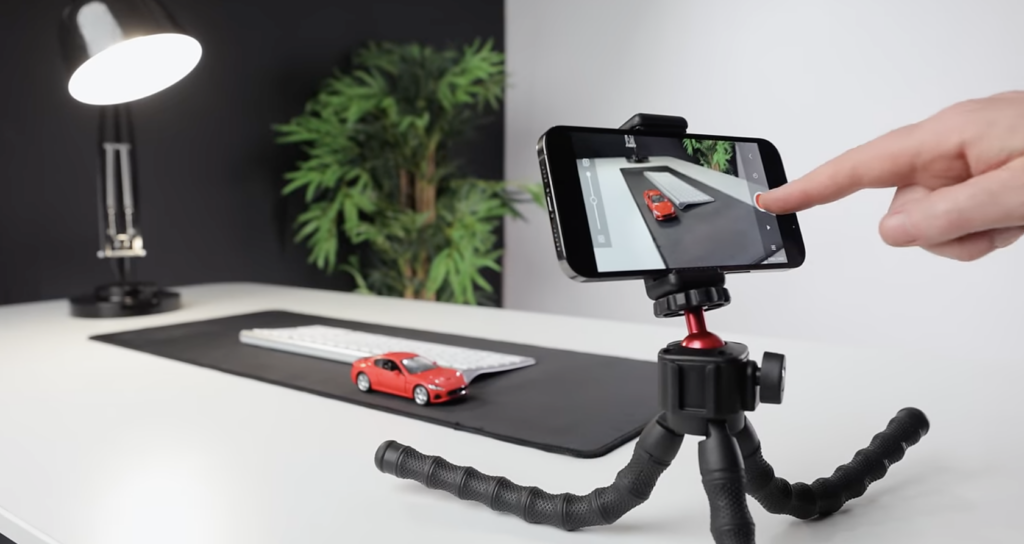The theme for the 2025 Texas Mental Health Creative Arts Contest was “What Does Mental Health and Well-Being Mean to You?” Though the deadline already passed, we’re looking forward to seeing more multimedia work in the next contest. Since this is the first year we accepted multimedia art, we wanted to explore what that category looks like and what goes into creating a multimedia piece.
Multimedia might feel unfamiliar or intimidating if you haven’t worked with the medium before. Here are a few examples of multimedia art to get your ideas flowing.
What is Multimedia Art?
The Tate Modern Museum describes multimedia as artworks made from a range of materials that include an electronic element such as audio or video.
The term “multimedia” has been around since at least the 1960s to describe different manifestations of avant-garde theater, mixed media, performance art, installation, and other indefinable forms involving video, film, and electronic music.
Events staged by artist Andy Warhol with the band Velvet Underground are some early examples of multimedia art— which combined music, performance, film, and lighting.
5 Examples of Multimedia Art
1) Short Film
A short film is a cinematic work that typically lasts 40 minutes or less. Unlike feature-length films, short films aim to convey a story or idea concisely. For example, in the short film titled “THE MUG,” we’re told a story about the unexpected impact a single mug can make— all in less than three minutes.
2) Video
You can also create other types of videos that don’t necessarily need to fall under the “short film” genre. Videography is the art of capturing moving images on electronic media, such as videotape, digital cameras, or streaming media. You can capture anything that would help you answer our contest theme.
For example, you could compile footage of specific locations or areas in nature that have helped ease your anxiety. You could add some commentary or music/sounds over the video to add another layer of expression.
3) Music
Oxford Languages defines music as vocal or instrumental sounds (or both) combined in such a way as to produce beauty of form, harmony, and expression of emotion. There are many genres and styles to think of when creating music, but we recommend simply focusing on what message or feeling you want to convey.
Whether you play an instrument, sing, create beats, or something in between— we’d love to hear what you create! You don’t need to have all those elements together either; if you only want to include one, we’ll accept that too.
4) Podcast
Although podcasts have only been around since the early 2000s, they’ve become a very effective way to connect with others and demonstrate creativity. Podcasts are digital media containing audio or video episodes that focus on specific themes and are simple to create with basic equipment.
Different podcast formats include conversational, monologue, non-fiction storytelling, and theatrical. Audio storytelling is a captivating medium that can help you create a compelling, immersive experience.

5) Animation
Merriam-Webster defines animation as a movie, scene, or sequence that simulates movement from a series of still frames (such as drawings, computer graphics, or photos of inanimate objects moved incrementally). If you’ve never tried animation before, you could start by creating a flipbook, cut-out animation, or another type of stop-motion animation.
You don’t need much to get started on an animation, and there are a lot of resources to help guide you through your first project. For example, this tutorial shows you how to make a stop-motion video with a phone.
What Will You Create for the next Arts Contest?
We hope this sparked a few ideas for your artwork. If multimedia isn’t your style, you can also submit original art, digital art, writing, or photography.
Learn more about each category here, and let us know if we can help answer any questions about our rules or guidelines.
Leave a Reply